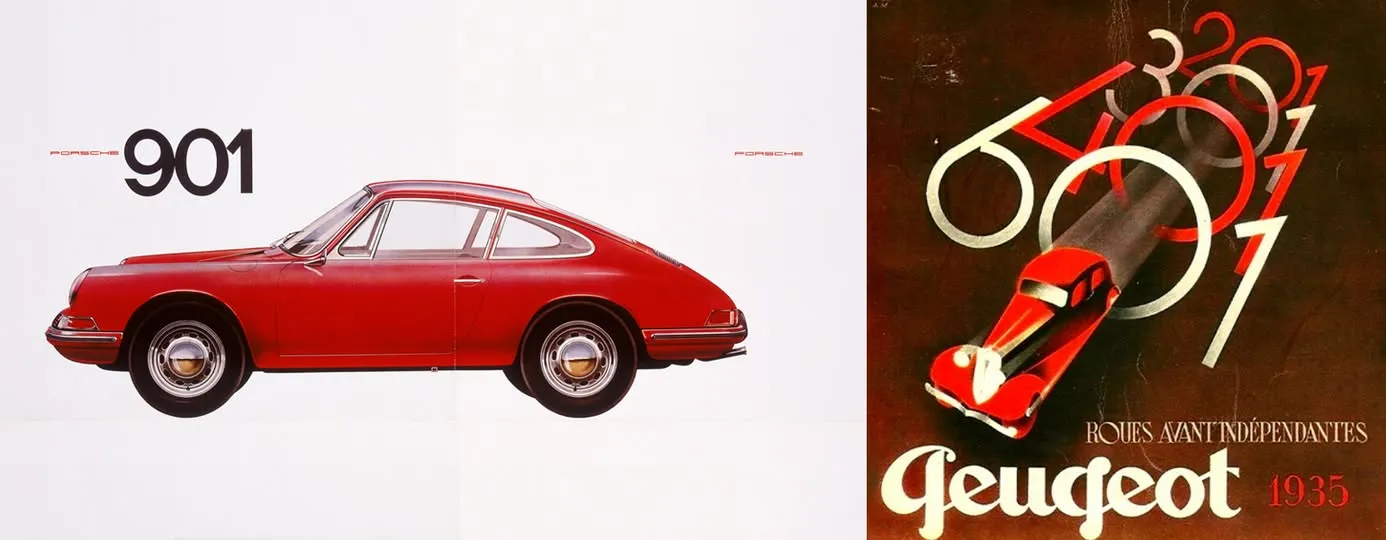

In September 1963, Porsche unveiled the 901, its first true innovation since the 356. That’s when Peugeot stepped in, asserting its exclusive rights to three-digit model names with a zero in the middle—trademarked before World War II. Strangely enough, Peugeot had never enforced this rule before, nor has it since. The real reason? The Peugeot family had not forgotten the 1940 requisition of their factories, followed by the near-total looting of their industrial equipment in August 1944. The names behind these actions? Ferdinand Porsche and his son-in-law Anton Piëch. Wishing to avoid reopening old wounds, the Porsche family swiftly complied with Peugeot’s request, renaming the model 911—a name that went on to become legendary.
The safety of your exceptional car is one of the foundations of Carsup. Our concierge services have been designed to offer a very high level of protection. Multiple cameras, controlled accesses, name badges, secure gates, and the regular presence of our Area Managers: these are all elements that guarantee total peace of mind when your car is stored. But because the trust you place in us does not exclude more control, we are now deploying a complementary security system: Guardian Tracker.
Does destiny exist? A vast, almost philosophical question that engineers and Maserati enthusiasts would unhesitatingly answer in the affirmative. Founded in 1914 in Bologna by the Maserati family, the brand went from a simple mechanical workshop working on Isotta-Fraschini to a real competition department in a few years. In 1926, the Type 26 was born, the first homemade creation and the first to feature the Trident inspired by the Neptune Fountain in Bologna.
There is always that little hesitation when preparing for a trip. The desire to take your exceptional car, to enjoy every kilometer, to make the road an integral part of the experience... and, at the same time, the constraints. The logistics, the risks, the uncertainty of arriving serene. Too often, we give up, leaving our car where it is, sheltered but immobile. This is exactly where Carsup is changing the situation. Travelling in your car should never be a cause for concern, but a simple and smooth pleasure.
Didn't find the answer you were looking for?
Contact us, and an expert will respond promptly.